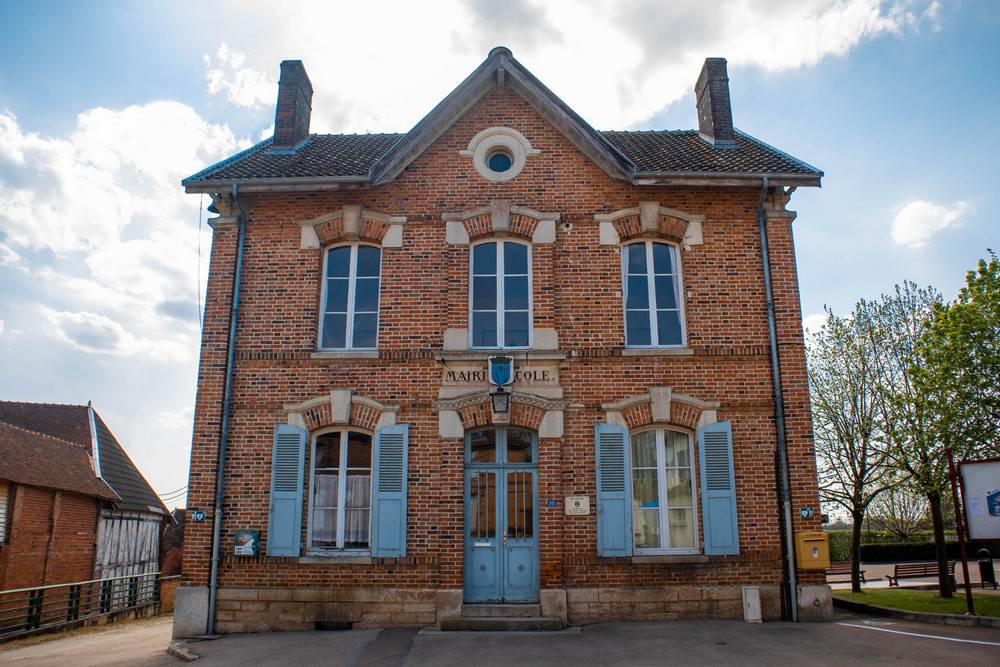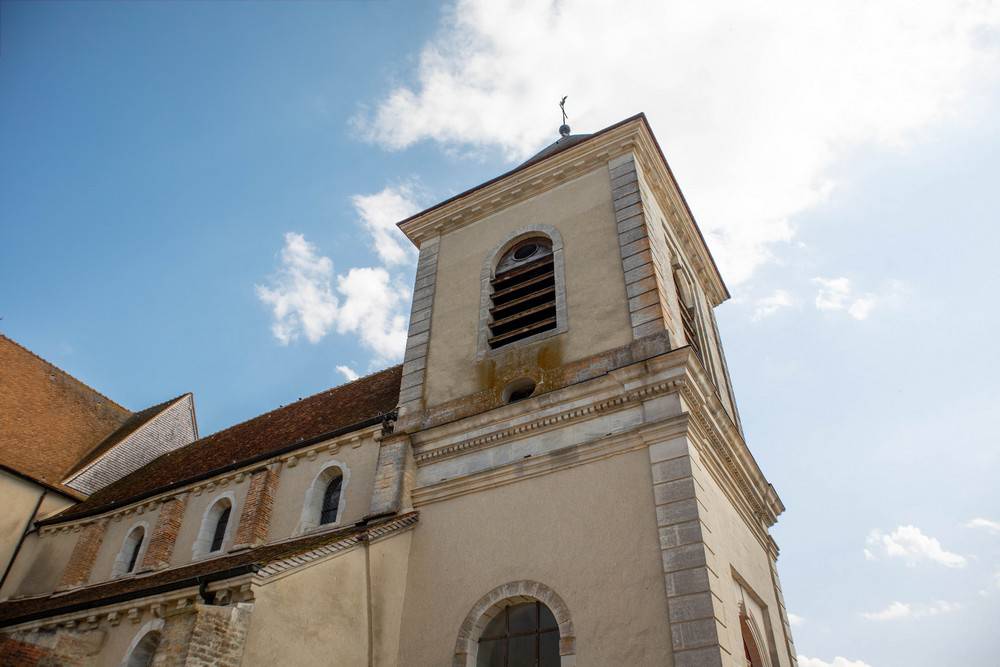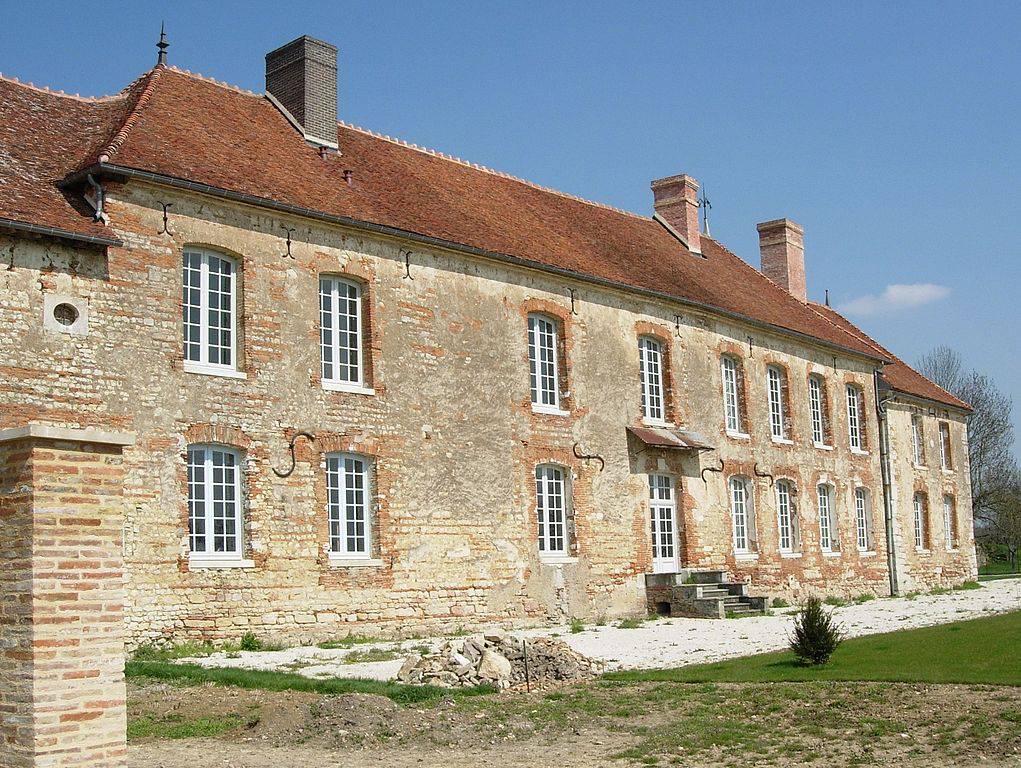This commune covers an area of 6.7km² and has just under 430 inhabitants. It is located about 23km south-east of Troyes. Reached via the D619 or the D43, it is 12 min from junction 23 (Thennelières) of the A26 between Calais and Troyes.
Montiéramey has a primary school and is a commune of the Forêt d’Orient Regional Nature Park. It offers a remarkable environment to live in, where local heritage and nature are preserved and linked to regional development.
In Rue de la Gare in the east of the commune the old railway station still stands as an example of the architecture of village stations.
In the middle of the village, Rue de l’Eglise leads to the church of Notre-Dame-de-l’Assomption. Its nave and aisles date from the Romanesque period (10th – 12th century), whilst the transepts and apse are 16th century. It has been listed as an historic monument since 1840. The furnishings of Montiéramey church include more than thirty objects classified as historic monuments.
These include a 17th-century reredos with two angel sculptures in polychrome gilded oak, a 14th-century stoup, two embossed and gilded silver chalices dating from the 19th century, a painted oak reliquary of Saint-Victor with bronze fitments from the 15th and 17th centuries, a 19th-century ceramic Madonna and Child and a 17th century oil on canvas of the Assumption by Jean Nicot from the workshop of Nicolas Poussin.
There are many other classified objects, notably limestone sculptures of saints like the polychrome L’éducation de la Vierge dating from 1520-1530. This has the theme of religious education for women, and the detailing and high-quality execution of the clothing show that aesthetics went hand-in-hand with moral concerns.
It was exhibited at the exhibition ‘Le Beau XVIe siècle: masterpieces of sculpture in Champagne’ which was held in 2009 at the church of Saint-Jean-au-Marché in Troyes.
In front of the church, the war memorial commemorates those who died in the First World War. In Rue de l’Abbaye to the south of Montiéramey there is a Benedictine Abbey that was founded in 837 and has been listed as an historic monument since 2001. Rebuilt in the 17th and 18th centuries, the Abbot’s lodgings, a barn and the dovecote survive today.
TO FIND OUT MORE
>>> Commune Website
>>> Accomodation
>>> Catering
>>> Shops and Services



